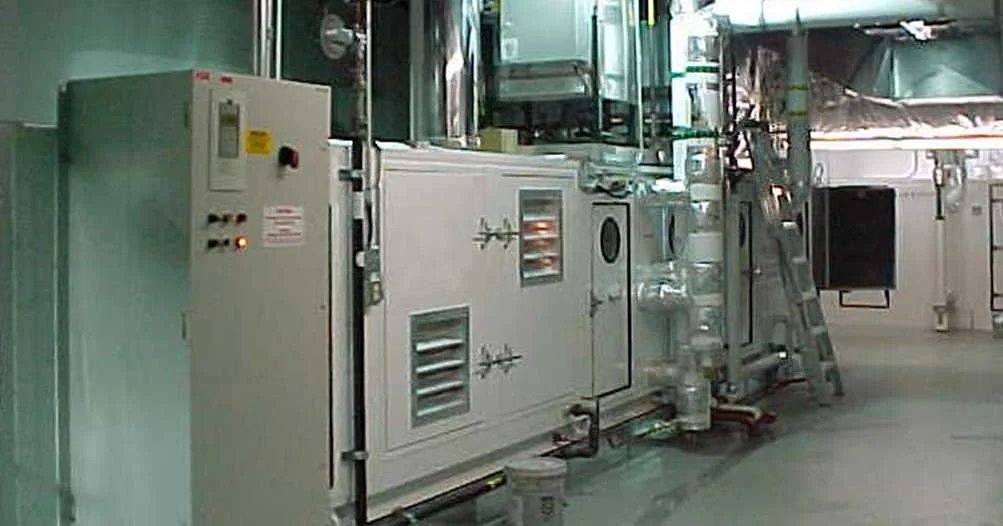In the cleanroom design process, mechanical engineering – especially HVAC-related considerations – plays a critical role in project outcomes.
Whether your project’s purpose is industrial, semiconductors, medical or biotechnical, effective design and engineering are the keys to achieving proper air flow distribution and air quality suitable for the operation of cleanrooms. In addition, it allows you to maximize efficiency, reduce energy consumption, increase yield, improve employee comfort and reduce maintenance and operating costs.

In Cleanroom Design, Mechanical Engineering Controls Contaminants
Effective cleanroom design requires tight environmental controls that limit airborne particles, containing them within a specified level or range, along with tight temperature and humidity control.
For industrial applications, manufacturing and technology, airborne contaminants threaten the integrity of sensitive electronic components, such as microprocessors.
In medical and biotechnology, the focus shifts to maintaining an environment free of pathogens. This protects cleanroom workers as well as the integrity of research and manufactured products.
Industry Standards Establish Cleanroom Mechanical Engineering Objectives
Federal (209E) and ISO standards establish four overarching goals of cleanroom mechanical engineering and design that specifically concern heating, ventilation and air conditioning.
First, the design must prevent outside contaminants from entering the controlled environment.
Second, we must prevent contamination from within. This means designing systems to contain or evacuate fumes, particles or other byproducts that may be created by equipment or processes conducted inside the cleanroom environment.
Third, the mechanical system design must monitor air quality levels at all times and respond appropriately to any identified challenges.
Finally, the cleanroom design must provide recursive and failsafe systems for contaminant elimination.
The Role of the HVAC System in Cleanrooms
Our engineering teams’ extensive cleanroom experience gives us an edge with our HVAC design strategies.
Some of our techniques include sizing, configuration and location of equipment so that it provides maximum efficiency while minimizing capital and operating costs. We use high-efficiency equipment whenever possible, as well as advanced filtration technology. Finally, our mechanical engineering team works closely with the design team on material specifications and related factors that can affect the efficiency of HVAC systems.
HVAC controls and building automation systems are also powerful–and necessary– tools for improving cleanroom performance. Continuous monitoring to assess airflow, temperature, humidity, and pressure maximizes efficiency and protection.
Our mechanical engineering team typically recommend the inclusion of trend capability, which allows you to review historical data. Trends and anomalies gleaned from historical data allow us to adjust and adapt system design over time to further improve the cleanroom environment and efficiency.
At DesignTek Consulting Group, we are committed to the success of your project. Our professional suite of services includes electrical and industrial engineering, cleanroom design and construction, and design-build construction.
Contact us today to discuss your cleanroom project needs, and how we can improve your facility performance and reduce costs with increasing throughput yield.
.png)